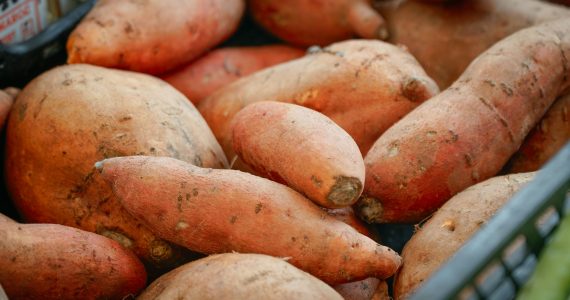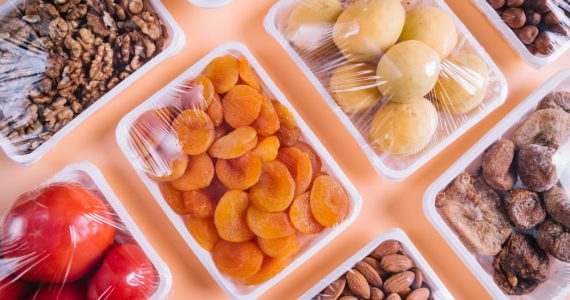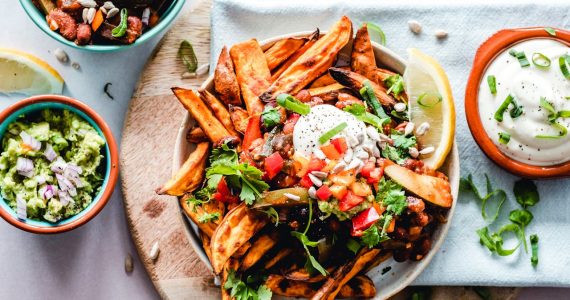Who doesn’t love noodles in different shapes and forms covered in basil leaves, tomato, or white sauce? The term “Pasta” is generally used to describe traditional Italian noodles, which differentiate from other types of noodles around the world. Pasta is made from unleavened dough, consisting of wheat, water, and eggs. The dough is then pressed into sheets, cut into various shapes, and cooked before serving.
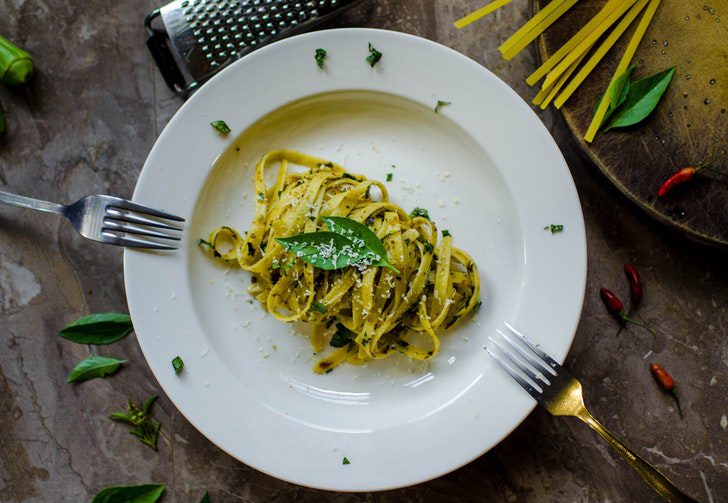
Uncover the history of pasta
While we think pasta is typical Italian food, it is actually the descendant of ancient Asian-style noodles. It is a common belief that pasta was brought to Italy by China during the 13th century.
Archeologists and food scientists believe that Central Asia was most likely the first place that produced noodles, and they later traveled to Europe. Today pasta has become one of the most common foods worldwide and is known as a portion of perfect comfort food.
Many new shapes have been introduced to pasta in modern times, such as spaghetti (little string), vermicelli (little worms), tubes, elbow-shaped pieces, ribbon shapes, wide lasagna strips, and narrow linguini, fusilli, riccioline, lancette, and farfallino.
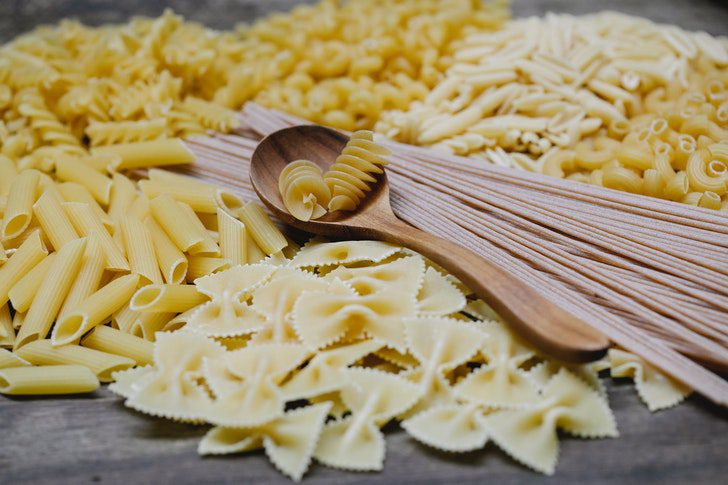
A general pasta dish is prepared by boiling it and cooking it until firm and then tossing the cooked pasta with cheese, seasoning, and sauces. Shaped pasta is often stuffed with meat, cheese, and a combination of other ingredients. Pasta can also be cooked in soups and used in casseroles and other dishes that call for the use of noodles.
Pasta and egg noodles
Egg noodles and pasta are two foods of unleavened dough that are prepared in boiling water, however, both these dishes are different from one another. Egg noodles are ribbons of egg and flour-based dough, and their name refer to their shape, which is usually long and thin.
However, many people refer to pasta shapes as noodles. Noodles are derived from the Asian, German, Jewish, and Turkish cuisine and culture and include eggs in the recipe. Pasta recipes don’t usually require eggs, however many home cooks prefer adding eggs to their homemade pasta.
The cooking texture for egg noodles and pasta is similar. Until they are soft and tender, in Italian terms, until they are “Al dente”.
However, while pasts can have any shape, noodles are only in ribbon shapes and can also be stir-fried and baked before adding soups from all different cuisines into your sauce. Pasta works best only with Italian flavors and seasoning.
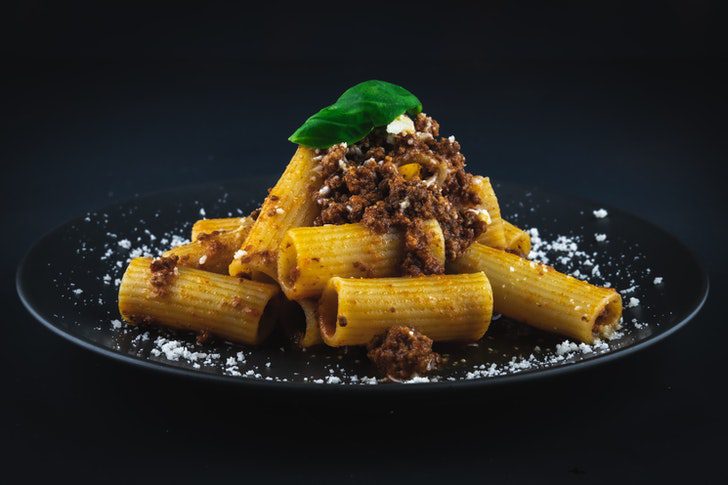
The breaking factor of these two carbohydrate sources relies on two primary factors: eggs and starch sources. Noodles tend to have higher egg content than pasta which produces enough fluffiness that works perfectly with stir-fried noodles, a staple Asian cuisine.
Pasta is commonly made with wheat-based flour, like durum and whole wheat flour, whereas eggs noodles are made from starch sources such as root crops, rice, buckwheat, potato, squash, seaweed, acorn, and a variety of other sources.
Athletes use traditional pasts as a source of their primary carbohydrate requirement, but the scales have tipped since egg noodles have been introduced as a better alternative. Starches found on seaweed, potatoes, and buckwheat possess better nutritional benefits to anyone’s body. The increased egg ratio found on egg noodles can also give athletes a better protein source.

